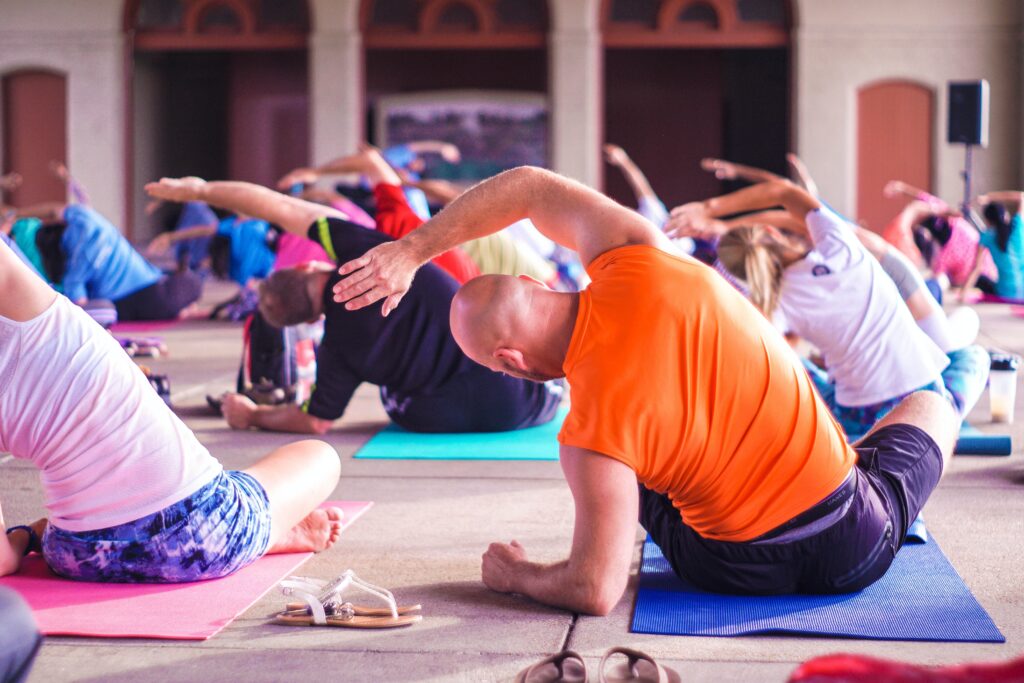Musculoskeletal conditions and injuries are very common in aging athletes, including muscle strains, tendinopathy (rotator cuff tears, Achilles tendon tears, etc), meniscal tears with osteoarthritis in the knees, or worse – fractures. As you age, it is very important that you listen to your body and treat your aches and pains with care.
However, the benefits of exercise largely outweigh the risks as you age. Exercise has immense benefits for the body and the mind; it is one of the keys to aging well and keeping your body and mind sharp. So what should you be doing to exercise and fight injury?

What are some tips for preventing injury?
-Stretch, warm up, and cool down. The importance of stretching increases as you age. Stretching and proper warm-up and cool-down exercises will prevent injury and will keep your body nimble.
-Avoid abruptly changing your exercise activity level or regimen.
-Focus on strength training, especially in the glutes, legs, and core muscle groups. People often neglect these muscle groups as they age, but it’s vital to keep them strong to prevent falls, be able to get in and out of chairs, and maintain a strong body all around.
-Allow for adequate recovery time for your body. Don’t do too much at once because your body takes longer to adjust to change.
-Cross-train. Alternate your exercise routines so that you strengthen different muscles. This will help you avoid overuse injuries.
-Invest in some good, supportive shoes.
–R.I.C.E: Rest, Ice, Compression, Elevation. This regimen is important for people of all ages who struggle with athletic aches and pains.
What about athletes who need joint replacement?
Aging athletes can have joint replacement and still be active. In fact, they should definitely remain active! Although some people may be able to return to hard-impact sports like tennis and jogging, surgeons recommend that post-replacement athletes should consider lower-impact exercise. This includes swimming, cycling, yoga, golfing, or the elliptical.
Generally, the American Academy of Orthopedic Surgery (AAOS) does not recommend running after a total knee replacement. However, some partial knee replacement patients have been able to return to running. Modern total joints are proving to hold up to hard-impact sports fairly well, but every case is different. We have plenty of patients who have been able to return to hiking, swimming, and cycling with ease.
If you have a total joint replacement and are eager to get back to the activity level you crave, please speak with your surgeon about possibilities.